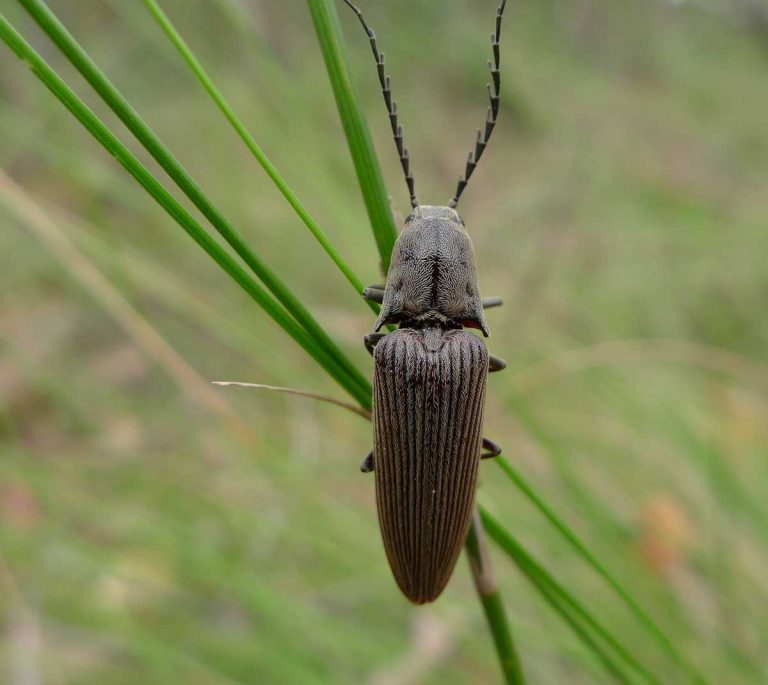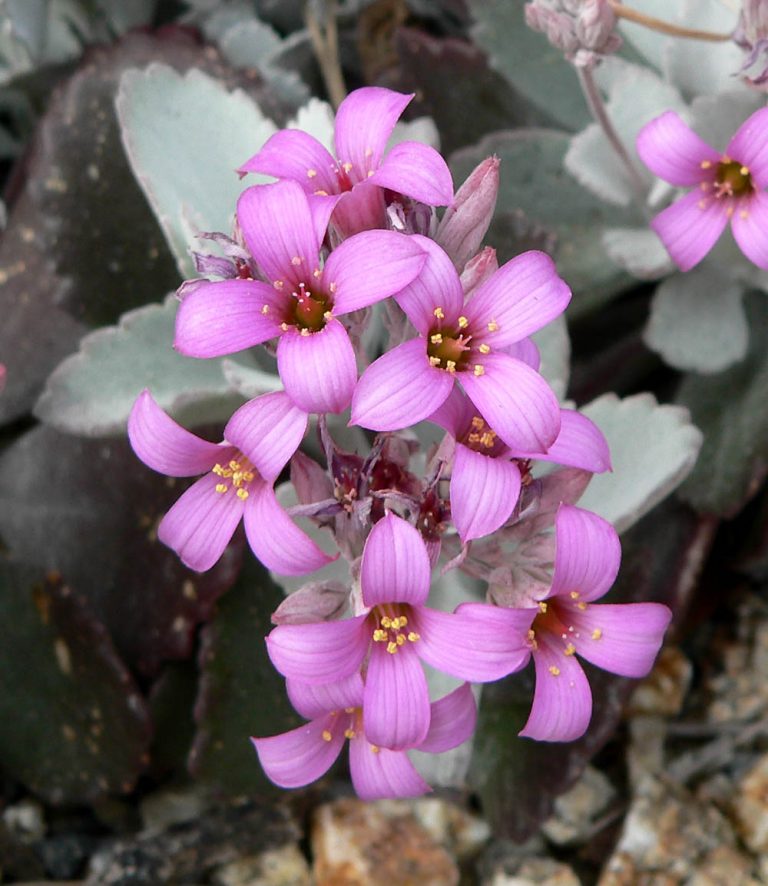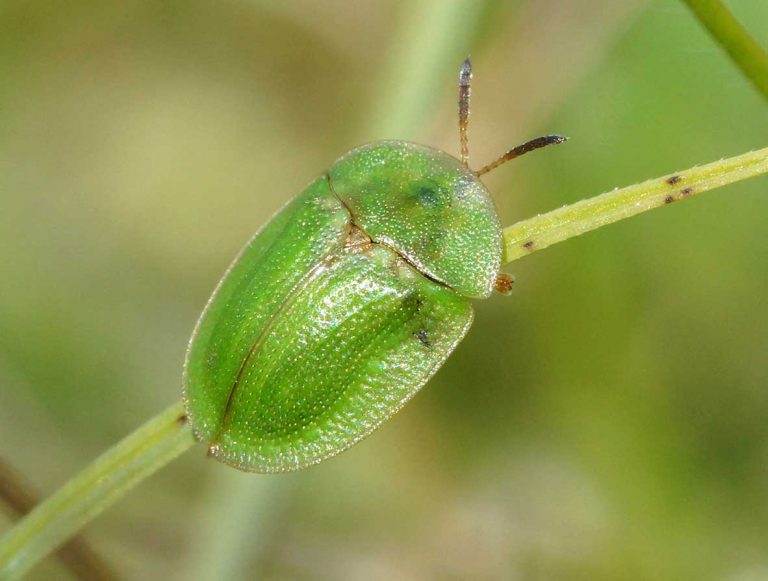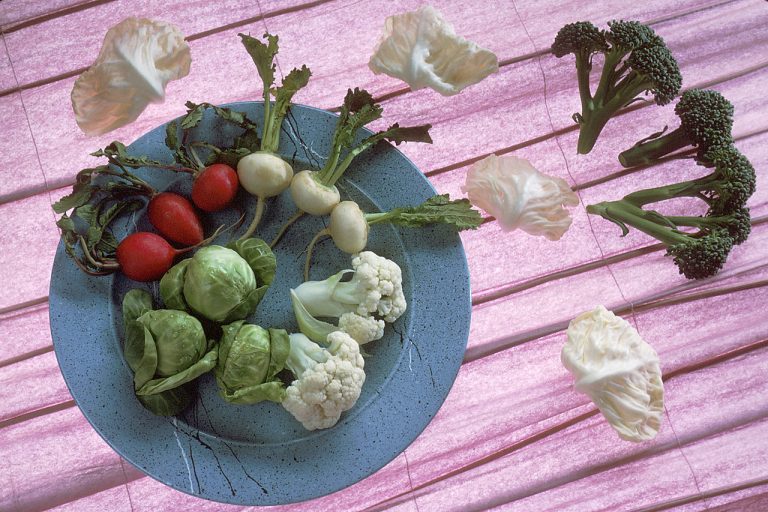Stargazer Lilies – Symbolizing Purity, Chastity and Virtue in Greek Mythology
Scientific Classification
| Kingdom: | Plantae |
| Division: | Magnoliophyta |
| Class: | Liliopsida |
| Order: | Liliales |
| Family: | Liliaceae |
| Genus: | Lilium |
| Species: | Orientalis |
| Variety: | Stargazer |
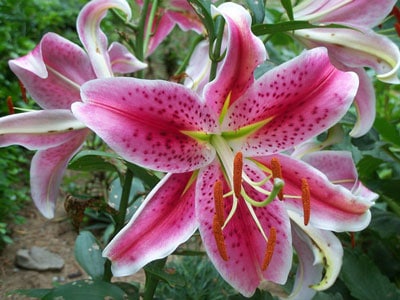
Lilium “Stargazer,” belonging to the oriental class, is a hybrid flower called stargazer lily. These oriental lilies blossom from the middle to the end of the summer season and most people recognize them for their pleasant fragrance. Stargazers grow easily and bring out their best in full sunshine. In the year 1974, Leslie Woodriff a producer of lily in California created this flower, and named this latest crossbreed as ‘stargazer’ because the flowers gaze upwards to the sky.
Throughout Greek history, Lily has symbolized purity, chastity and virtue. Folklore has it that lilies sprang from the milk of Hera, queen of the Greek God Zeus.
Anatomy
The stargazer lilies can grow up to 6 feet in height; mostly, they stay short around three-four feet. Their stems are rather strong and slender. Normally they blossom in either the beginning of August or end of July. To keep them upright when they bloom heavily, you must arrange to support the stems.
How to Cultivate Domestically
Preparation of Planting
To grow stargazer lilies, search for an area in your garden that gets around six to eight hours sunshine every day. Examine the garden soil; ensure that it allows for proper draining. If you plant the Lilly bulbs in soil that retains water after a rain, they rot and wilt away. Brittle, rich in humus and alkaline free soil is your best bet for the ideal stargazer lily soil.
Planting
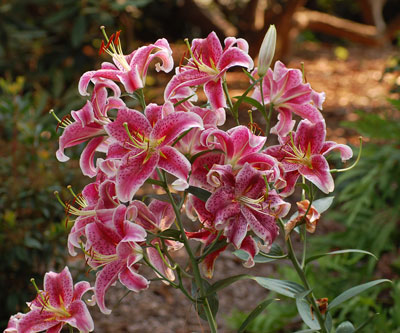
Photo by: Derek Ramsey
Select a portion in your garden and prepare the soil where you propose to plant the lilies. Dig the soil as deep as 10-12 inches with a garden shovel, overturn the soil and powder the mass to make its consistency brittle. Supplement sandy and clay soils with organic material such as compost or well rotten manure to enhance the consistency of the soil, improve drainage and fertility. Blend the soil and organic matter. Put soil at the base of the hole. Place the broad flat portion of the bulb in the hole, and then, with a ruler measure the depth of the hole. Place the top of the bulb just 4 inches below the rim of the dug hole. Fill in the remaining soil to the level of the bulb to fill the hole. If the bulb is bigger and rounder, plant it 6 inches deeper.
Flowering Season
Almost all stargazer lilies multiply in size, when you need to split up the plants that overgrow and relocate the younger offshoots. Stargazer lilies generally start to bloom in the months of June and July.
Placement and Watering
Select the best place to plant your stargazer lilies. They require complete sunshine to exhibit their best colors. They also need fast draining soil because Stargazers do not like standing in water. When the soil is dry, water the bulbs frequently. They prefer very damp soil; they do not grow well in dry ground. Examine the soil regularly by pushing your finger deep into it to feel the wetness. Do not water when you feel the soil is wet.
After Bloom Care
Transplant your stargazer lily plants subsequent to their blossoming. When you plant them in bloom, you may risk causing the flowers to dwindle. Cut off the flower after it has stopped blossoming. Just clip the flower and cut off the stem 6 inches below the flower. Retain the remaining part of the stem until the fall; at this time, cut the whole plant to 3 inches.
As a Cut Flower
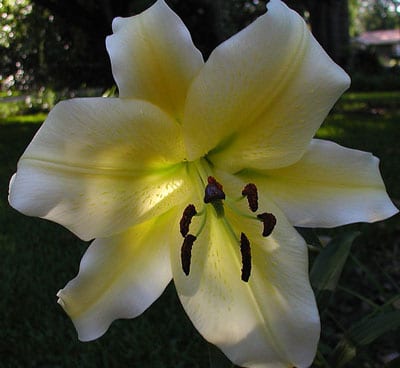
Photo by: Bill Murray
The very fact that so many florists hanker after them is proof of the great importance they impart to the stargazers as cut flowers. Used in floral arrangements, these attractive flowers will stand heads high in competition with most other flowers. The development of their hybrid varieties has further enhanced their value in the world of flowers.

Having discovered a fondness for insects while pursuing her degree in Biology, Randi Jones was quite bugged to know that people usually dismissed these little creatures as “creepy-crawlies”.


